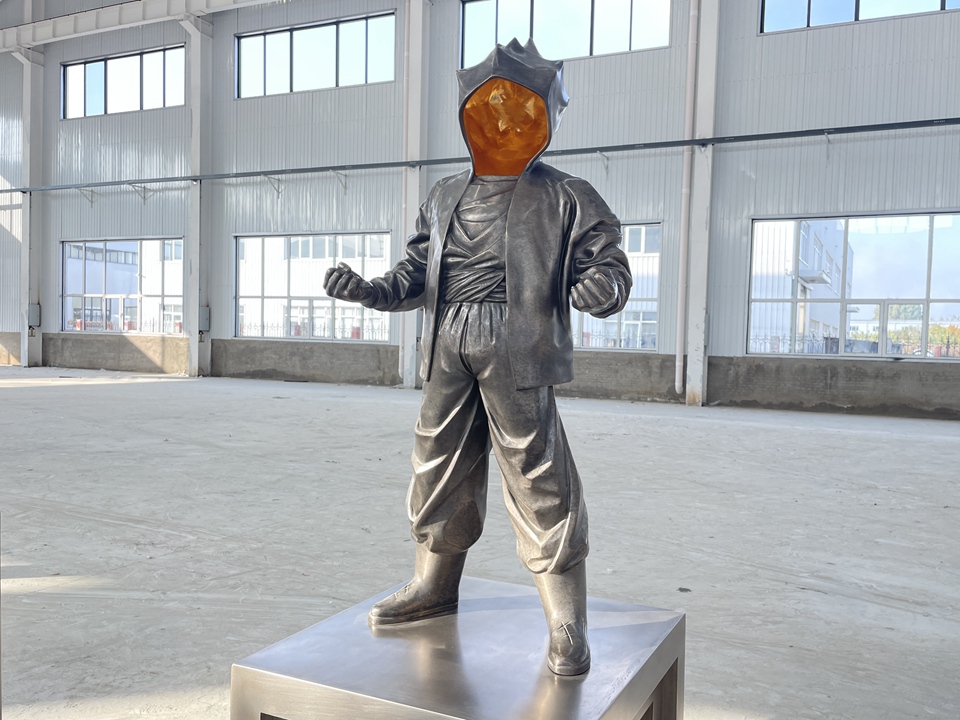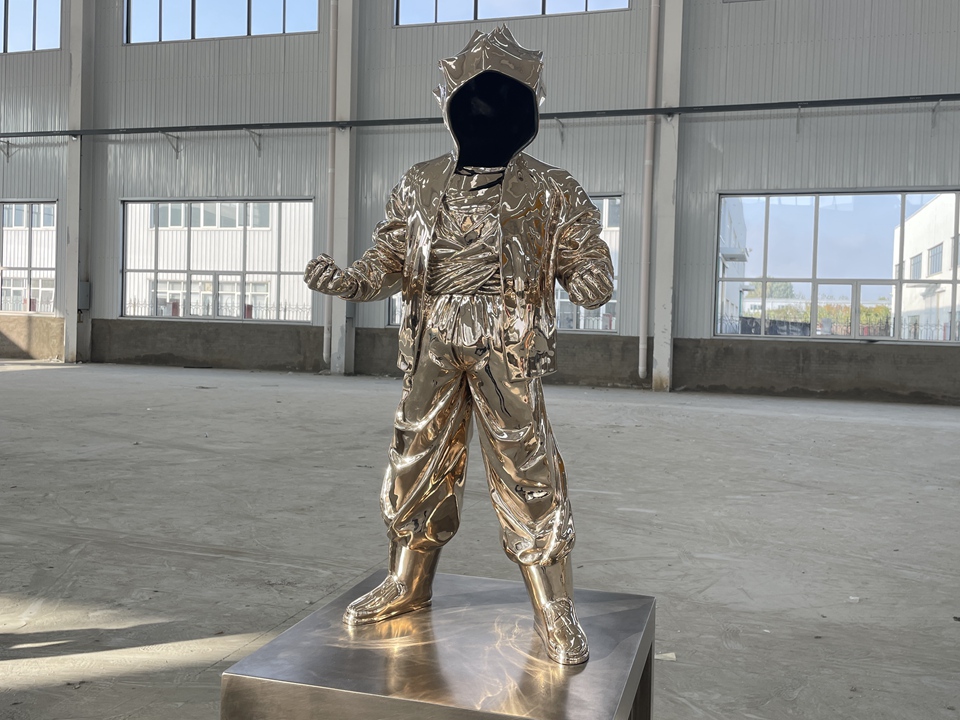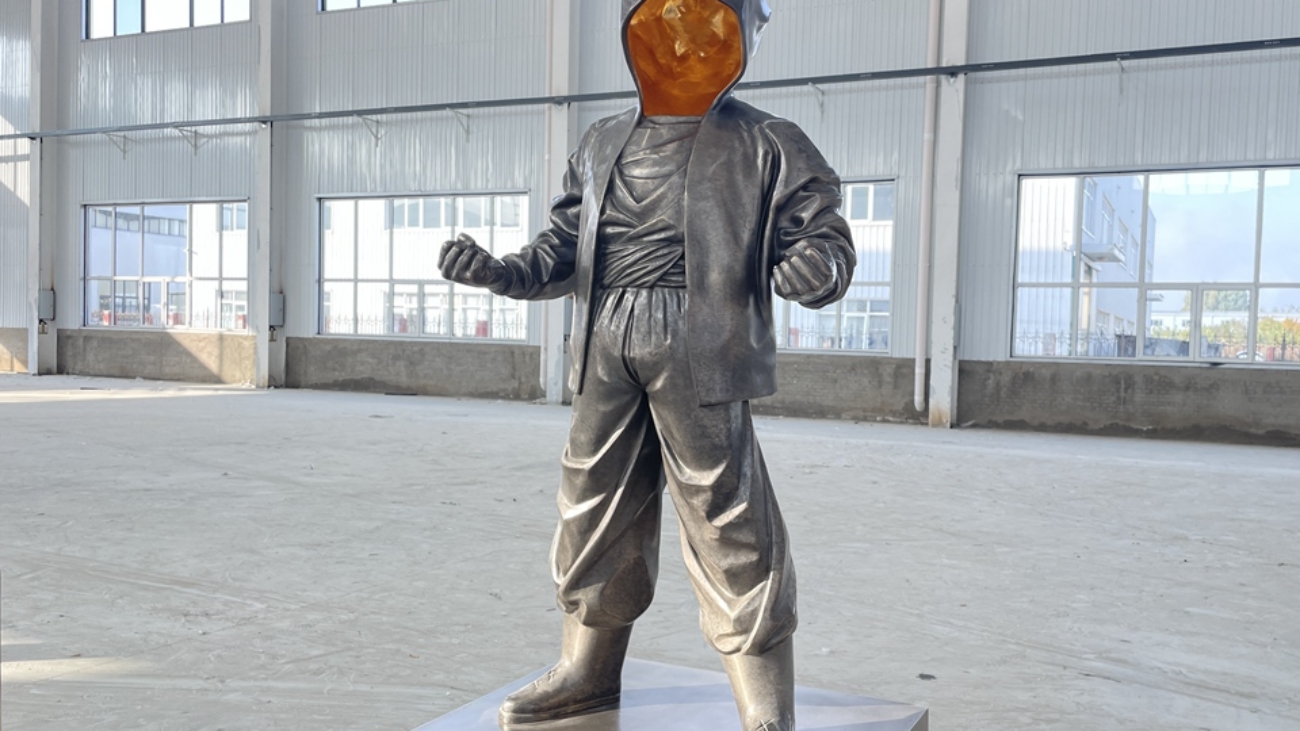It takes special abilities to keep bronze sculptures looking good and structurally sound since they are exposed to the elements and age in ways that are different from other types of art.Restoring a bronze sculpture isn’t just fixing it;it’s a careful mix of science,art,and respect for history.This tutorial goes into great detail about how to restore bronze sculptures,the most typical problems that come up,and why it’s important to hire professionals to keep your piece’s worth and legacy.

Why it’s more important than you think to restore bronze sculptures
Even though bronze is strong,it can rust,get dirty,and get damaged over time.When it rains acid,outdoor sculptures in cities often get a crusty green patina called verdigris.When it rains salt,seaside statues become pits.Indoor work can get dirty or have problems because of bad repairs that were made before.Restoring bronze sculptures fixes these problems and makes sure that
Structural Stability:Thermal expansion can cause cracks or weak joints that make a sculpture less stable and more dangerous.
Reviving the look:Faded patinas or surface stains hide what the artist meant to do;therefore,they need to be carefully recolored to match the original tones.
Long-Term Preservation:By restoring things before they get worse,you can save small problems from turning into big ones that cost a lot of money.
For instance,a bronze fountain from the 1800s that had been neglected for decades and then restored had its market worth triple once the work was done because of the regained detailing and stable mechanics.
Common problems that come up when restoring bronze sculptures
Every repair project is different;however,specialists often deal with these problems:
Corrosion and Patina Damage:Acidic surroundings speed up the oxidation of bronze,which can lead to uneven patinas or deep pitting.Micro-abrasion and chemical stabilizers are used by restorers to stop degradation without taking away the creative quality.
Mechanical Stress:Traffic vibrations or sinking foundations can break sculptures.Restorers use epoxy resins or stainless-steel pins that can’t be seen to strengthen joints.
Biological Growth:Moss,lichen,or bird poop can damage bronze surfaces.Gentle steam cleaning and biocides that don’t harm the environment get rid of dirt safely.
Repairs that didn’t go well before:Using materials that don’t work well together(like lead solder)to fix things yourself typically makes things worse.Restorers carefully fix these mistakes by utilizing reversible adhesives so that they can be changed in the future.
Theft or Vandalism:If a sculpture is stolen or damaged,it needs to be rebuilt using forensic-level techniques,such as 3D scanning and traditional casting to match missing pieces.
A 2022 restoration of a public war memorial showed that 60%of the damage to its surface was caused by years of rough cleaning.This is a lesson in why you should always hire a professional.
How to Restore a Bronze Sculpture Step by Step
Assessment and Documentation:Restorers use a microscope to look at the sculpture and take pictures of every detail.They also write condition reports.Laser scanning might make a digital map of the artifact.
Cleaning:Ultrasonic instruments and soft brushes get rid of debris without scratching.Chelating chemicals,which bond to metals,gently lift dirt that won’t come off.
Micro-sandblasting removes rust without hurting healthy bronze.Electrolytic reduction,which uses an electric current,can eliminate corrosion chemically in very bad cases.
Restoration of Patina:Artists use ammonium chloride,liver of sulfur,or bespoke pigments to reproduce lost patinas,making sure the texture and color match the original.
A wax or acrylic sealant protects the sculpture from future contamination by being put on in tiny layers so that it doesn’t change its look.
Putting it back together and mounting it:If pieces were separated,restorers use hidden dowels or magnets to put them back together so that they fit together perfectly.
Depending on how complicated it is,this process usually takes four to twelve weeks.For example,it can take more than 200 hours of work to fix the fine features of a life-sized horse statue’s mane.

Why take the chance with DIY bronze sculpture restoration?
It appears easy to clean up small messes,but trying to do it yourself often goes wrong.Vinegar and baking soda are two common household cleansers that can permanently etch bronze,while abrasive pads can harm delicate surfaces.Even”gentle”ways to clean,such as buffing with olive oil,draw in dust,which speeds up the development of filth.
Professionals offer three important benefits:
Material Knowledge:They know how different bronze alloys respond to treatments,so they don’t use the same method on all of them.
Methods that can be undone:Ethical restorers adopt methods that can be undone so that future specialists can see the sculpture as it really was.
Artistic Sensitivity:They make sure that the restored areas match the original work by balancing technical corrections with aesthetic aspirations.
Example Case:Rescuing a Masterpiece That Was Lost
A private collector found a bronze nude from the middle of the 20th century buried in their yard in 2021.The sculpture had algae on it,was rusted,and was missing two fingers.People who fix things:
Used X-rays to find cracks within and decide how to strengthen them.
Using 3D printing,they made the missing fingers again and then cast them in bronze to match the original texture.
Used a patina to make it look like the artist’s distinctive bronze-and-gold mix.
The restored item is now worth 120,000,up from 15,000 before it was restored.It is on display in museums.
Conclusion:Putting money into restoring bronze sculptures for future generations
Restoring bronze sculptures is not a luxury;it is necessary to protect cultural heritage and human legacies.Professionals give aged works of art new life by fixing corrosion,weak spots in the structure,and damage to the look of the work.This makes sure that the works will continue to inspire people for hundreds of years.If you have a family treasure or a public monument,make sure that trained experts who care about both the art and the science of restoration do the work.
Act soon!If you wait too long to restore a bronze sculpture,it could be damaged beyond repair,which would lower its beauty and value.Have faith in the process,and your sculpture will return to its due place as a timeless work of art.



Add a Comment